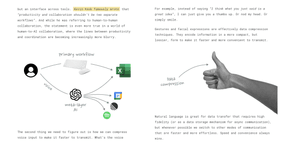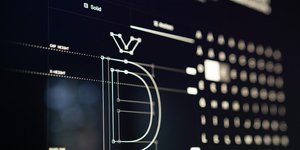the past 2 years been seeing this come up a fair bit: “invisible ux”
basically the idea that ai will order your food, book your flight, find the perfect clothes for you. all in the background, from a single prompt.
it’s so apparent anyone who believes this has no idea about consumer... See more
b___encex.com



